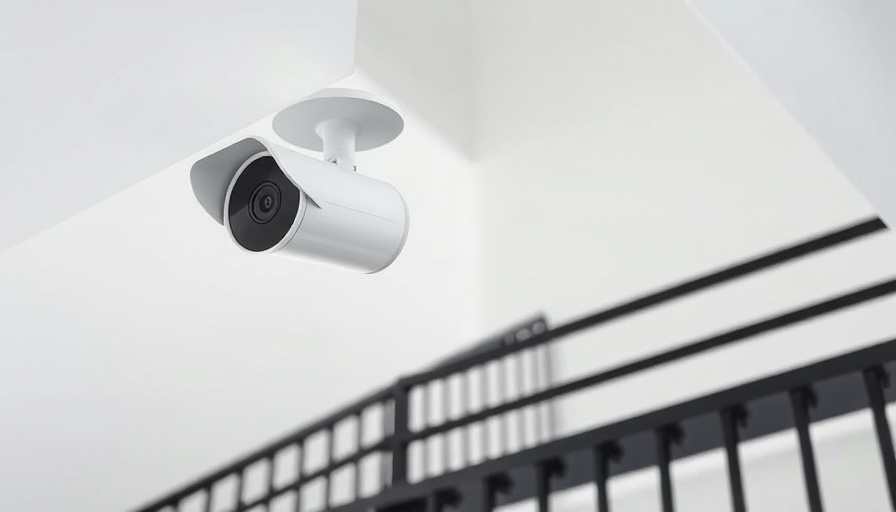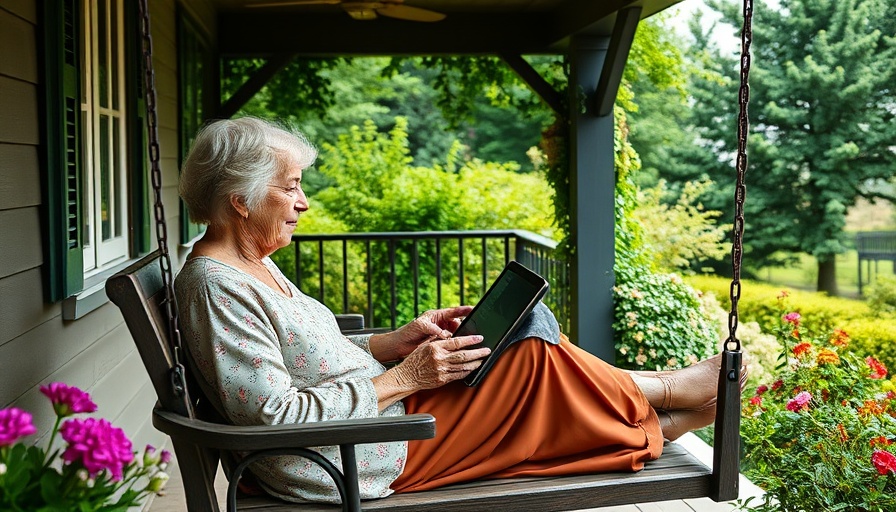
Introduction: The Importance of Home Security
In today’s world, ensuring the safety of your new home is more crucial than ever. As a key aspect of security, installing cameras not only protects your property but also provides peace of mind. According to a survey by the Electronic Security Association, homes with security systems are three times less likely to be burglarized. In this article, we will explore strategic locations for installing security cameras that will enhance your home’s protection.
Securing Points of Entry with Cameras
When it comes to deterring intruders, visibility is key. Most break-ins happen through points that are less monitored, making it essential to install security cameras at entrance points:
1. Windows: A Vulnerable Spot
Windows, especially on the first floor, are prime targets for burglars. Positioning cameras near windows not only deters potential thieves but also captures valuable footage if someone attempts to break in. By maintaining clear visibility in this area, homeowners can be proactive in preventing theft.
2. Key Entryways: Front Door and Beyond
Your front door is the most visible entry point, and having a security camera aimed directly at it is imperative. However, don't overlook side and back entrances which may be less visible to neighbors. The presence of cameras at these locations acts as a deterrent and provides a clear view of anyone accessing your property.
Enhancing Surveillance: Driveways and High-Traffic Areas
To protect your vehicles and valuable items, it’s important to include additional strategic placements:
3. Driveways: Protecting Your Vehicles
Driveway cameras are essential, especially for capturing incidents during nighttime when most vehicle thefts occur. Opt for cameras with night vision capabilities to maintain surveillance round-the-clock. The National Insurance Crime Bureau reports that stolen vehicles often have a higher recovery rate if recorded on camera, reinforcing their importance.
4. Hallways and Staircases: Monitoring Movement
Installing cameras in hallways and staircases can significantly increase your home's security. These areas experience high foot traffic, giving you visibility on intruders as they navigate your home. If a break-in occurs, you can capture their movement through these crucial spaces.
Protecting Treasures: Common Areas with Valuable Assets
High-traffic zones inside your home also require focused surveillance. Adding security cameras in living rooms and kitchens, where valuables are often stored, helps monitor these areas effectively:
5. Common Areas: Preserving Valuable Items
Living rooms often house valuable electronics—think televisions, gaming consoles, and laptops. Installing surveillance cameras in these spaces can provide you with critical evidence should anything go missing. Additionally, watchers can keep an eye on repair work being done while you’re away, ensuring everything unfolds smoothly.
Future Insights: The Role of Smart Technology in Home Security
Emerging smart home technology presents exciting opportunities to enhance security systems. Homeowners now have access to devices that not only monitor security but also integrate with other smart systems, creating an all-encompassing security network. Expect technology to continue evolving, providing increasingly sophisticated monitoring solutions that can adapt to the homeowner’s specific needs.
Conclusion: Taking Action to Secure Your Home
As you consider the placement of your security cameras, remember: it’s not just about having cameras; it’s about strategically positioning them to maximize security. By implementing these insights, you can create a safe environment for you and your loved ones.
Call to Action: Secure Your Investment
As you embark on your post-purchase journey in your new home, consider enhancing your security measures as a top priority. Investing in smart surveillance technology will not only secure your home but offer priceless peace of mind. Start by assessing your property to determine the best camera placements for maximum protection.
 Add Row
Add Row  Add
Add 




Write A Comment